Choosing a needle for cross stitching
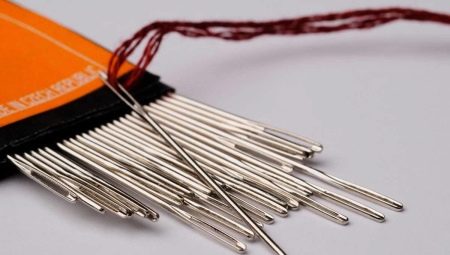
Novice needlewomen, and sometimes those with a certain experience, may find it difficult to choose a tool for embroidery. In the article we will talk about the principles of choosing a needle for cross stitching, for working on different canvas, using floss or wool, taking into account other nuances.
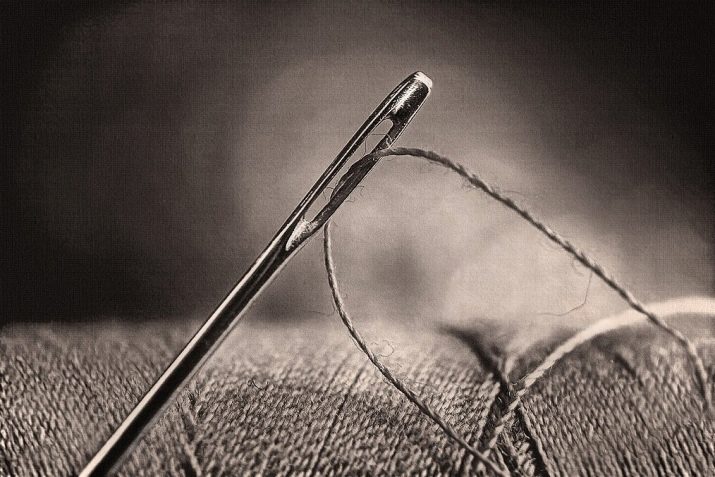
Peculiarities
The needle is the main tool for the needlewoman. They are usually sold in kits containing models of different lengths, diameters and sharpness.
The embroidery needles have a characteristic shape that thickens evenly from tip to eye. The hole for the thread is large, so that it is convenient to insert the floss in 3-4 layers. But the thread moves freely and does not wear out during operation.

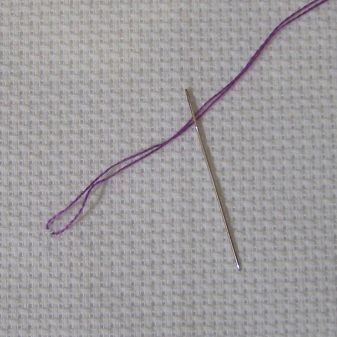
Special types of needles are produced for cross stitching. They differ in size and type of application. Universal and tapestry are suitable for floss. For wool, take with a larger hole for yarn.
Views
Different needles are used for cross stitching.
-
Tapestry - with a large eyelet and a rounded tip, it does not split the fibers of the fabric, and does not leave puncture marks.
-
Universal - sharp, with a medium cut for the thread.
-
For wool - they are much larger and longer than usual, they have a blunt tip and a convenient slot for threading the yarn.
-
Bilateral - has a sharp part on both sides, the eyelet is located in the middle. Used for sewing on a loom or frame, allows you to embroider with both hands.


Each needle has its own number, which corresponds to its size.
By size there are:
-
thick and long - No. 13-20;
-
thin and short - No. 20-26;
-
for knitwear - No. 16-26;
-
tapestry - No. 13-15.
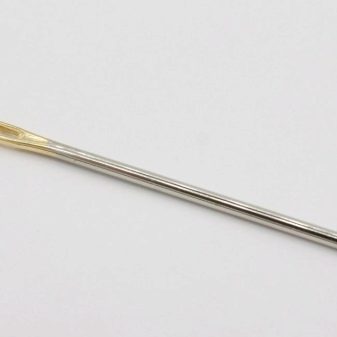
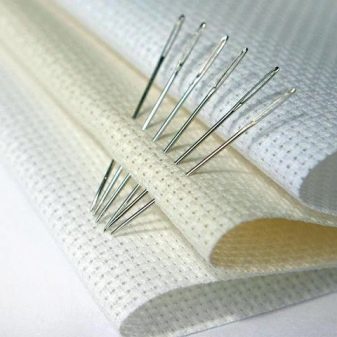
The smaller the number, the larger, and vice versa. For sewing in 3-5 threads, No. 24 is suitable, for 1-2 threads, No. 26, for silk - No. 28.
For a cross, tapestries with a wide and long slit are most often taken, into which it is convenient to thread a floss and yarn, even in 3-4 layers. Also suitable for sewing on canvas. A poorly chosen tool can make a high-quality pattern messy and the process itself inconvenient.
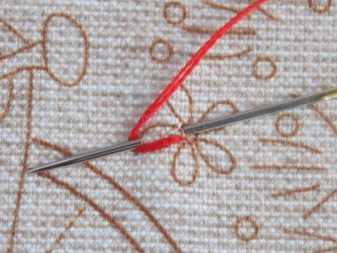
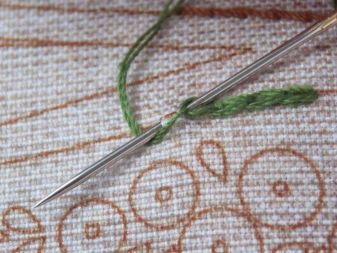
For a canvas of different density, a certain number is selected:
-
Aida 6 - # 18;
-
Aida 8 - # 19-20;
-
Aida 11 - # 21-22;
-
Aida 14 - # 23-24;
-
Aida 18 - # 25-26;
-
Aida 20 - # 26.

For denser fabric, very thin needles are used, and the larger the canvas, the thicker. The density of the fabric is determined by the number of weaving threads per inch.
In the embroidery kits, all materials and tools are already selected according to the specified parameters. For cross stitching they take tapestry numbers 16-26, but the most popular numbers are: 24, 26, 28.
Needles from different manufacturers may differ in diameter, as a rule, it is measured in millimeters:
-
No. 13 - 2.34 mm;
-
No. 14 - 2.03 mm;
-
# 15 - 1.83 mm;
-
No. 16 - 1.63 mm;
-
No. 17 - 1.42 mm;
-
No. 18 - 1.27 mm;
-
No. 19 - 1.17 mm;
-
No. 20 - 1.09 mm;
-
No. 22 - 0.94 mm;
-
No. 23 - 0.86 mm;
-
No. 24 - 0.76 mm;
-
No. 25 - 0.69 mm;
-
No. 26 - 0.61 mm.
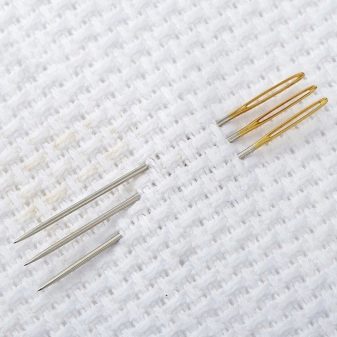
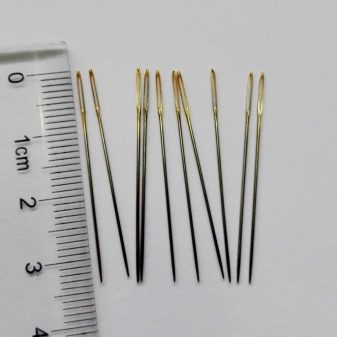
The higher the number, the narrower the diameter.
They are made of chrome-plated steel. Some manufacturers supply products with a coating of nickel, titanium and even precious metals. On sale you can find products with a gilded eyelet: they are not afraid of rust and do not leave punctures on the fabric. There are platinum-plated products.
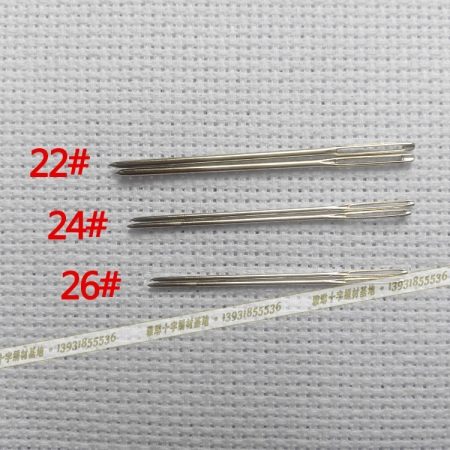
Special formulations allow the tool to become stronger and easier to slide through the fabric.
Top brands
Sets of needles from popular manufacturers differ in quality and ease of use.
The most famous are the sets of the brands Gamma and Pony. These are strong and durable varieties with a gilded eyelet that pierce fabric with ease.
The Indian brand Pony produces shorter and thinner designs, but with a large comfortable opening. At Gamma, they are thicker and slightly longer. She also produces tapestries with sharp and rounded ends.
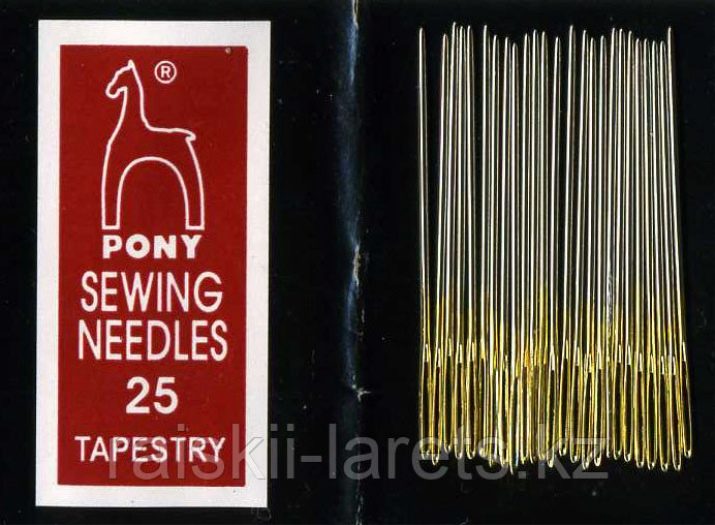
Bohin French sets are of high quality, made of steel, do not break, but are very expensive for the price.
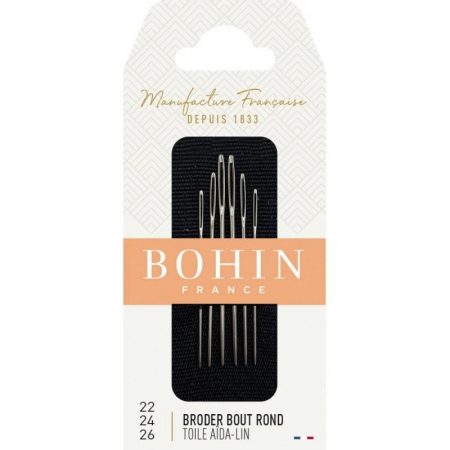
Russian company RTO produces corrosion-resistant products, according to reviews, not the worst, but sometimes they fray when sewing floss.
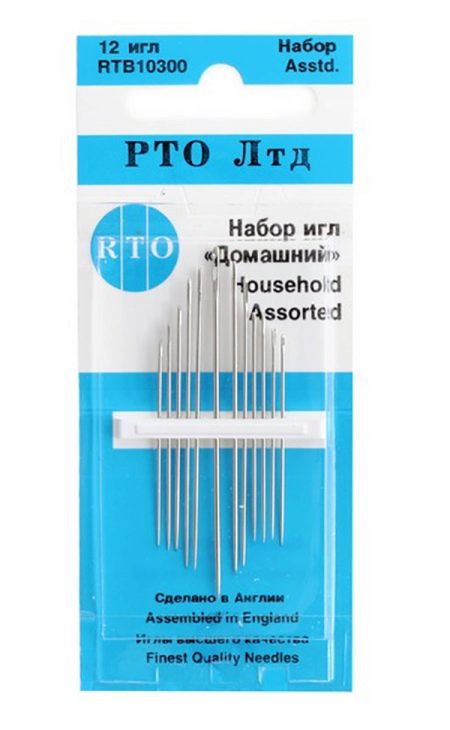
Czech brand Galant It is of good quality, has a huge slit for the thread, but this sometimes causes the thread to twist.
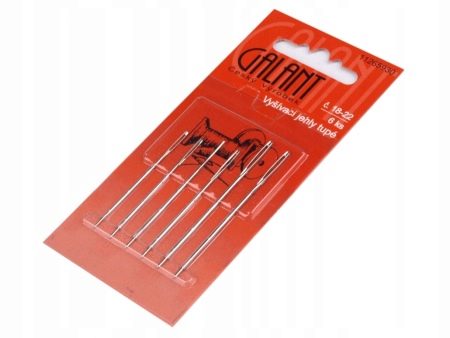
Products of the British company Mary Arden they are convenient to work with, do not bend or break, but their price is quite high.
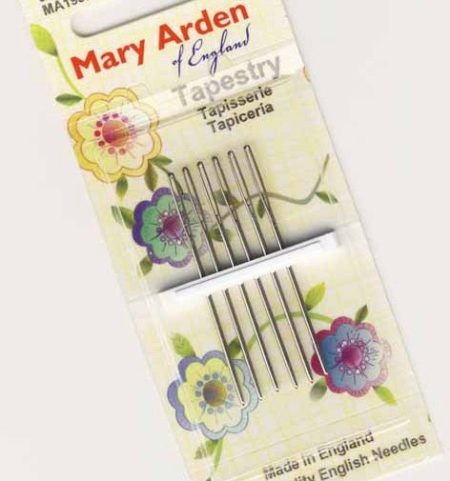
Another British brand John James produces solid steel varieties. A very wide assortment is presented. There are shorter options.

The Prym brand high quality and durable, these are premium products.
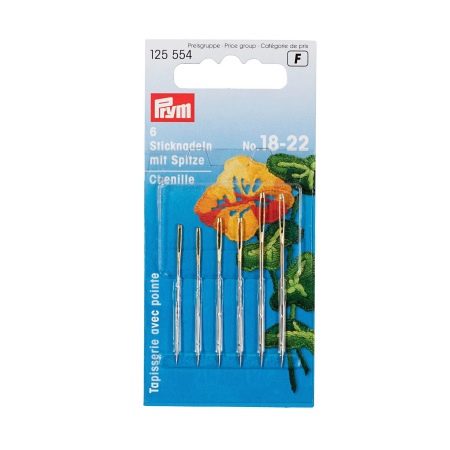
Japanese brands Royal, Clover, Tulip make products with a perfectly even polish, flexible and durable.
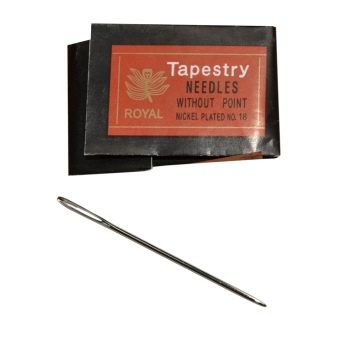

How to choose?
When choosing a needle for work, needlewomen take into account the format of the pattern, the density of the canvas, the thickness of the threads, the length of the stitches with which they will sew.
-
For dense matter, thin needles are taken.
-
For thick fibers - with a wide opening, for thin fibers - with a narrow one.
-
For short stitches, take short stitches.
-
For a multi-color picture, a separate needle is selected for each color.
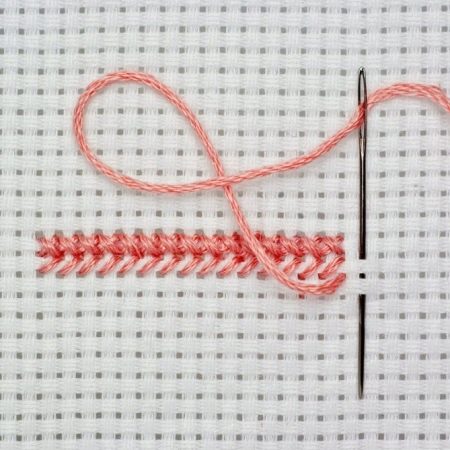
In case of an unsuccessful choice of a floss during embroidery, it begins to fray and wrinkle. If the needle is small and the yarn is very thick, then it will look uneven in the finished drawing. A very large thread combined with a thin thread will leave large punctures in the fabric that will not cover the edges of the stitches.
It is better if the needle passes freely through the fabric and does not leave visible punctures behind it. The trained eye of a needlewoman usually easily determines which size is suitable for a particular fabric.

The needle for cross stitching should be:
-
with a blunt tip;
-
with a large ear;
-
do not deform the surface and do not leave visible punctures;
-
smooth and shiny, free from rust and chipping.
These simple tips should help you when choosing a craft tool.
The best needles for cross stitching are produced by well-known manufacturers: domestic, English, Japanese and other brands.









